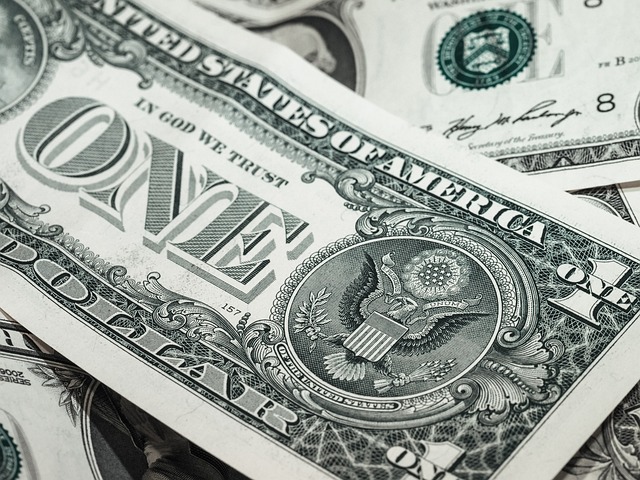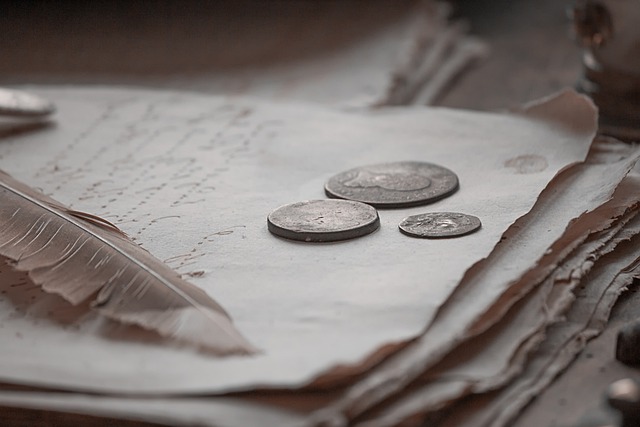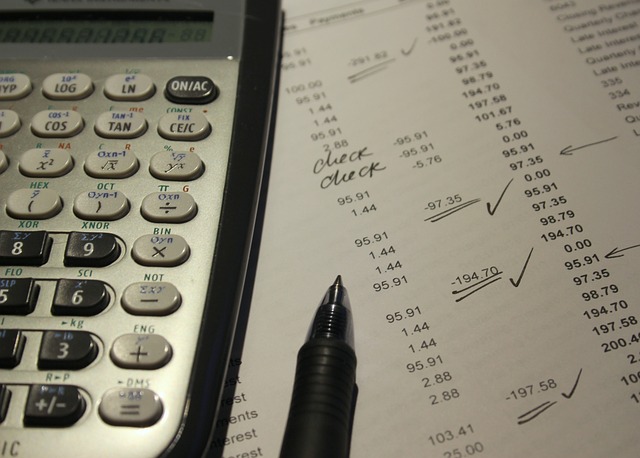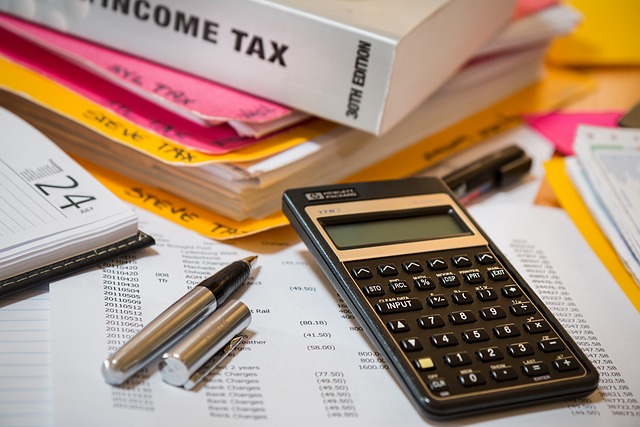Value Added Tax (VAT) in the UK: A Comprehensive Guide
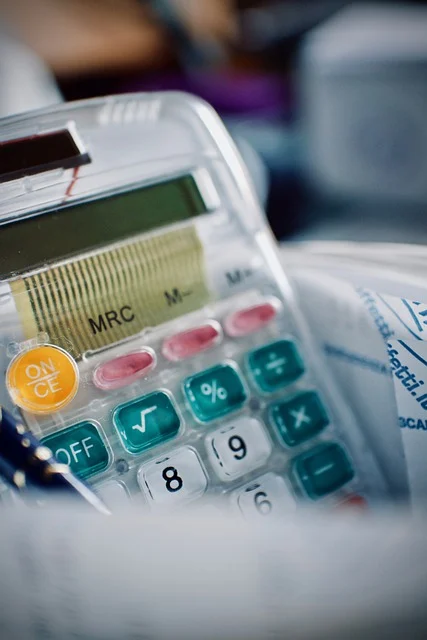
Value Added Tax, commonly known as VAT, is a consumption tax levied on goods and services in the United Kingdom. It is one of the most significant sources of revenue for the UK government, contributing billions of pounds annually to the public treasury. VAT is an indirect tax, meaning it is collected by businesses on behalf of the government and is ultimately paid by the end consumer. This article provides a detailed overview of VAT in the UK, including its history, how it works, rates, exemptions, and its impact on businesses and consumers.
1. History of VAT in the UK
VAT was introduced in the UK on April 1, 1973, replacing the Purchase Tax, which was a tax applied only to goods. The adoption of VAT coincided with the UK’s entry into the European Economic Community (EEC), now known as the European Union (EU). The EU required member states to implement a harmonized system of VAT to facilitate trade and ensure consistency across borders.
Since its introduction, VAT has undergone numerous changes in rates, thresholds, and scope. The standard rate of VAT has fluctuated over the years, starting at 10% in 1973, peaking at 17.5% in the 1990s, and currently standing at 20% as of 2023. The UK’s departure from the EU (Brexit) in 2020 has also brought about changes in how VAT is applied, particularly for cross-border transactions.
2. How VAT Works
VAT is a multi-stage tax applied at each stage of the supply chain, from production to the final sale to the consumer. Businesses act as intermediaries, collecting VAT on behalf of the government and remitting it to HM Revenue and Customs (HMRC). Here’s a step-by-step breakdown of how VAT operates:
a. Registration
Businesses with a taxable turnover exceeding the VAT threshold (currently £85,000 as of 2023) must register for VAT. Once registered, they are issued a VAT number and must charge VAT on their goods and services.
b. Charging VAT
Registered businesses add VAT to the price of their goods or services at the applicable rate. For example, if a product costs £100 and the VAT rate is 20%, the customer pays £120.
c. Reclaiming VAT
Businesses can reclaim VAT paid on their purchases, known as input tax. This ensures that VAT is only levied on the value added at each stage of production or distribution.
d. Filing VAT Returns
Registered businesses must submit VAT returns to HMRC, usually every quarter. The return calculates the difference between the VAT collected from customers (output tax) and the VAT paid on purchases (input tax). If the output tax exceeds the input tax, the business pays the difference to HMRC. If the input tax is higher, the business can claim a refund.
3. VAT Rates in the UK
The UK has three main VAT rates, each applying to different categories of goods and services:
a. Standard Rate (20%)
The standard rate of 20% applies to most goods and services, including electronics, clothing, and professional services.
b. Reduced Rate (5%)
The reduced rate of 5% applies to certain goods and services deemed essential or beneficial to society. Examples include:
- Domestic fuel and power
- Children’s car seats
- Energy-saving materials (e.g., insulation, solar panels)
c. Zero Rate (0%)
Zero-rated goods and services are still VAT-taxable, but the rate is 0%. This means businesses must include these items in their VAT returns but do not charge VAT to customers. Examples include:
- Most food items (excluding restaurant meals and takeaways)
- Books, newspapers, and magazines
- Children’s clothing and footwear
- Public transport
d. Exempt and Outside the Scope
Some goods and services are exempt from VAT or fall outside its scope. Exempt items include:
- Financial services (e.g., insurance, loans)
- Education and training
- Health services provided by doctors and hospitals
Goods and services outside the scope of VAT are not subject to the tax at all. Examples include:
- Salaries and wages
- Donations to charities
4. VAT Thresholds and Registration
The VAT registration threshold is the level of taxable turnover at which a business must register for VAT. As of 2023, the threshold is £85,000 over a 12-month period. Businesses with a turnover below this threshold can voluntarily register for VAT, which may be beneficial if they wish to reclaim input tax.
a. Voluntary Registration
Voluntary registration can be advantageous for small businesses that incur significant VAT on purchases. It also enhances the business’s credibility, as VAT registration is often seen as a sign of professionalism.
b. VAT Schemes
The UK offers several VAT schemes to simplify the process for businesses:
- Flat Rate Scheme: Small businesses pay a fixed percentage of their turnover as VAT, reducing administrative burdens.
- Cash Accounting Scheme: Businesses pay VAT based on payments received rather than invoices issued.
- Annual Accounting Scheme: Businesses submit one VAT return per year instead of quarterly.
5. Impact of VAT on Businesses and Consumers
a. On Businesses
VAT compliance can be complex and time-consuming, particularly for small businesses. However, it also offers opportunities to reclaim VAT on business expenses, improving cash flow. Businesses must maintain accurate records and ensure timely submission of VAT returns to avoid penalties.
a. On Consumers
VAT is ultimately borne by the end consumer, as it is included in the price of goods and services. While essential items like food and children’s clothing are zero-rated or reduced-rated, non-essential items are subject to the standard rate, making them more expensive.
6. VAT and Brexit
Brexit has significantly impacted VAT rules, particularly for businesses trading with the EU. Key changes include:
- The end of the EU VAT-free threshold for goods sold to consumers in the EU.
- The introduction of import VAT on goods entering the UK from the EU.
- New rules for VAT on digital services supplied to EU customers.
Businesses must stay informed about these changes to ensure compliance and avoid unexpected costs.
